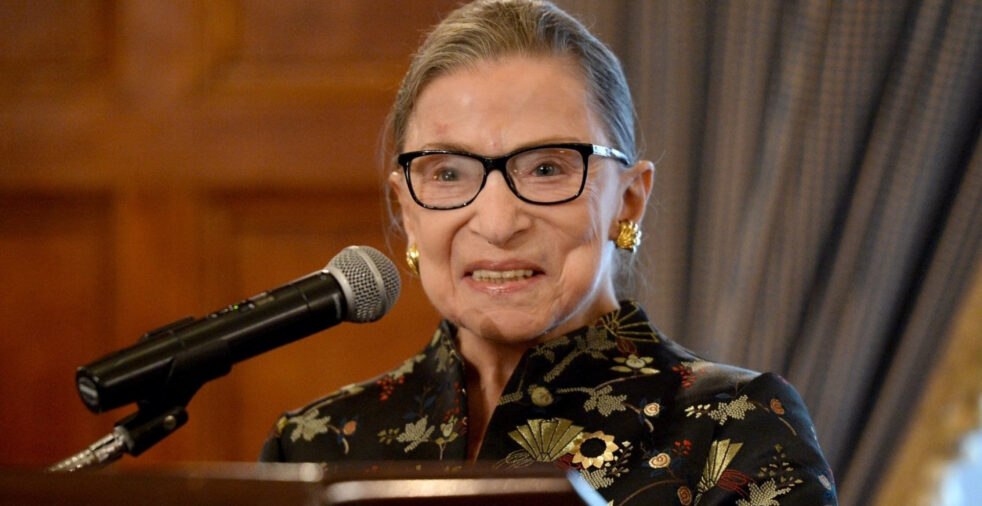John Lewis (1940 – 2020)
On July 17, 2020, a legend died. Born outside the small town of Troy, Alabama, John Robert Lewis came from a family of simple means. As a little boy, he aspired to become a minister, but little did he know that he would go from preaching to his chickens to speaking to crowds of hundreds of thousands of people.
While many people today spend their youth finding themselves and building their own lives, Lewis spent his days fighting for others.
Dubbed “the boy from Troy” by Dr. Martin Luther King Jr. (MLK), Lewis went on to become one of the “Big Six” civil rights leaders in his lifetime, helping with the March on Washington and speaking to the masses directly before MLK delivered his historic “I Have a Dream” speech.
Lewis was also one of the thirteen original freedom riders who rode interstate buses from Washington D.C. to New Orleans while violating segregated seating rules and facing multiple arrests, beatings and harassment from the KKK. He eventually went on to become one of the most well-known politicians in Congress, representing Atlanta specifically time and time again.
Lewis was also known for having an affinity for Tech students because of his close ties to the city of Atlanta, but also because of the emphasis he placed on the value of education. In fact, Lewis frequently visited campus while in Atlanta, and he even spoke at an SCPC event in 2017 pro-bono so he could share his stories with the Tech community directly.
Elizabeth Krakovski, PUBP ‘20, was one of the SCPC members who worked the event and had the opportunity to meet Lewis.
“What I admire the most about him is his resilience,” said Krakovski. “And his commitment to his own words — he’s very true to himself, and I feel like that’s not an easy thing to say about a politician.”
Lewis may have been born in a segregated America, but he worked hard to make sure that he would not die in one. Nonetheless, the same struggles he faced as a young Black man in America are ones that still exist today, and although Lewis may no longer be here physically, he undoubtedly leaves behind a lasting legacy that will empower the generations today to work even harder and continue the work Lewis began.
Ruth Bader Ginsburg (1933 – 2020)
On Friday, Sept. 18 Supreme Court Justice Ruth Bader Ginsburg passed away from complications related to pancreatic cancer. News of her death swept through campus as students took to social media to express their feelings over the loss of one of the most prominent cultural icons of our generation.
The Atlanta community switched from watching the Braves beat the Mets that night by 13 runs to watching masses gather (an unfamiliar scene in the current pandemic) outside of the Supreme Court steps to pay their respects.
In the following days after the death of Ruth Bader Ginsburg, students posted photographs, clips and quotes that memorialized Ginsburg’s impact on the country.
Many of the designs featured illustrations of Justice Ginsburg’s “dissent” collar, an iconography associated with her likeness that has been used on everything from t-shirts to action figures.
Nominated by President Bill Clinton, Justice Ginsburg joined the Supreme Court bench in the fall of 1993.
At the time of her appointment she was only the second woman to join the Supreme Court, with Sandra Day O’Connor being the first in the court’s over 200 year existence. During the span of her career she has been hailed as a hero of gender equality and a feminist icon.
Justice Ginsburg’s journey to the steps of the Supreme Court is an inspiring one to say the least. She was an incredible academic and scholar of the law.
Ginsburg enrolled at Harvard Law School not even a full year after giving birth to her first child, Jane.
She juggled the responsibilities of motherhood, marriage, legal academia and the pressures and discrimination associated with attending a male dominated learning institution.
Despite all of these factors, Ginsburg maintained her position as one of the top students at Harvard until she transferred to Columbia Law School where she graduated at the top of her class.
Before she became a Supreme Court Justice, Ginsburg argued many cases revolving around sex discrimination on the other side of the bench. One of the most famous of these cases was Weinberger v. Wiesenfeld, where she argued in favor of male widows receiving Social Security benefits.
Ginsburg leaves behind a legacy that’s larger than life.
As a champion of gender equality and women’s rights, she has helped pave the way for younger advocates and pre-law students to pick up where she left off and continue to march on towards the goal of constitutional equality.
